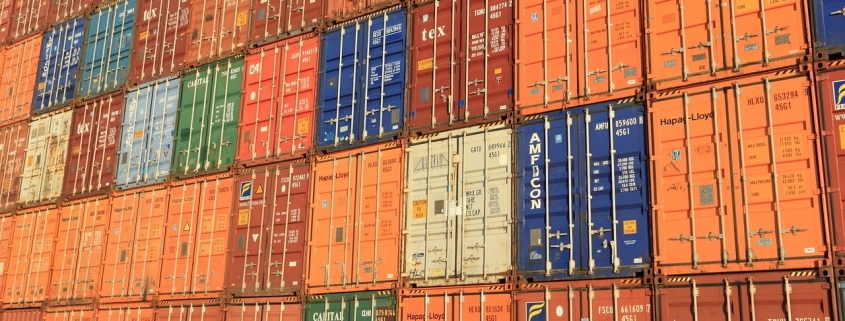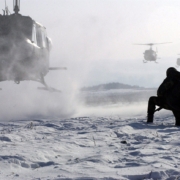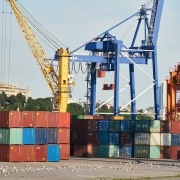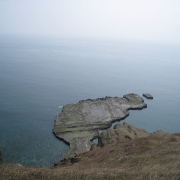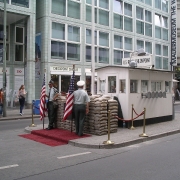What is APEC and its purpose?
Topic of Study [For H2 History Students]:
Paper 2: Regional Conflicts and Co-operation
Source Based Case Study
Theme III Chapter 2: ASEAN (Growth and Development of ASEAN : Building regional peace and security)
Historical context: Desire for economic cooperation
Following the economic recession in the early 1980s, ASEAN held conferences at the ministerial level, in which member states have expressed interest to engage in economic cooperation between developed and developing nations.
By the mid-1980s, countries around the world had anticipated the end of the Cold War ushering a new dawn. In the absence of superpower rivalry and the end of proxy wars, markets could finally become integrated. This vision was realised when regional trading blocs were created, such as the European Union (EU) (after the reunification of Germany). Likewise, the North American Free Trade Agreement (NAFTA) was signed in 1994 to develop a free trade zone for USA, Canada and Mexico.
In the Asia Pacific, more countries identified the economic interdependence of the region, thus expressing desire to forge a regional organisation to promote free trade as well.
Role of the APEC
In November 1989, the Asia-Pacific Economic Cooperation (APEC) was formed as an inter-governmental grouping. When it was formed, there were only twelve members inside, including Singapore and other ASEAN member nations. Till date, APEC has twenty one members.
In 1991, the Seoul Declaration reflected the APEC member economies’ aim to create a liberalised free trade zone around the Pacific Rim. Then, a meeting was held in Bogor, Indonesia, to expand APEC’s aim to include targets like the development of ‘free and open trade and investment’ for the region. ‘Bogor Goals’, as they were known, specified that industrialised economies should fulfil this aim by 2010 and by 2020 for the developing counterparts.
One main characteristic of APEC is its laissez-faire enforcement mechanism. There is no over-arching supra-national authority that governs APEC or any aspect of its member’s economic policies. The APEC process deliberately avoids impinging on its members’ sovereignty. Its importance and influence, and where it lies, derives entirely from consultation and persuasion in order to encourage commitment to regional goals and policy cooperation.
An excerpt from “APEC at 20: Recall, Reflect, Remake” by Lim Kesavapany.
An ‘ASEAN-nised‘ APEC: EAEC
The United States played a significant role in promoting economic cooperation within APEC. President Bill Clinton hosted the first annual meeting in Seattle, Washington, in 1993. However, not all members were fully supportive of the APEC’s involvement with Western nations.
In 1990, the Malaysian Prime Minister Mahathir suggested an alternative to APEC, known as the East Asia Economic Group (EAEG). Mahathir was concerned with the rise of other regional trading blocs that may undermine the economic development of Southeast Asian states, namely the EU and NAFTA.
Yet, within ASEAN, Indonesia disagreed with Malaysia’s proposal as the formation of an East Asian alternative may alienate themselves from key trade partners like the USA and Japan. Notably, this concern was partly addressed when the ASEAN Free Trade Area (AFTA) was announced in 1992.
Mahathir remains lukewarm at best about APEC, still preferring his EAEC idea as an alternative. He views the APEC forum as a grouping that will likely come under the dominance of the United States, become institutionalized, and lead to Western economic control in Asia, creating a situation wherein Asian members would become minor players with virtually no voice in the economic affairs of their own region.
An excerpt from “Malaysian Politics Under Mahathir” by Diane K. Mauzy and R. S. Milne.
What can we learn from this article?
Consider the following question:
– How far do you agree that ASEAN’s successes at promoting regional economic cooperation hinged on the ASEAN Way?
Join our JC History Tuition to evaluate efforts to promote regional economic integration in Southeast Asia. The H2 and H1 History Tuition feature online discussion and writing practices to enhance your knowledge application skills. Get useful study notes and clarify your doubts on the subject with the tutor. You can also follow our Telegram Channel to get useful updates.
We have other JC tuition classes, such as JC Math Tuition and JC Chemistry Tuition. For Secondary Tuition, we provide Secondary English Tuition, Secondary Math tuition, Secondary Chemistry Tuition, Social Studies Tuition, Geography, History Tuition and Secondary Economics Tuition. For Primary Tuition, we have Primary English, Math and Science Tuition. Call 9658 5789 to find out more.

